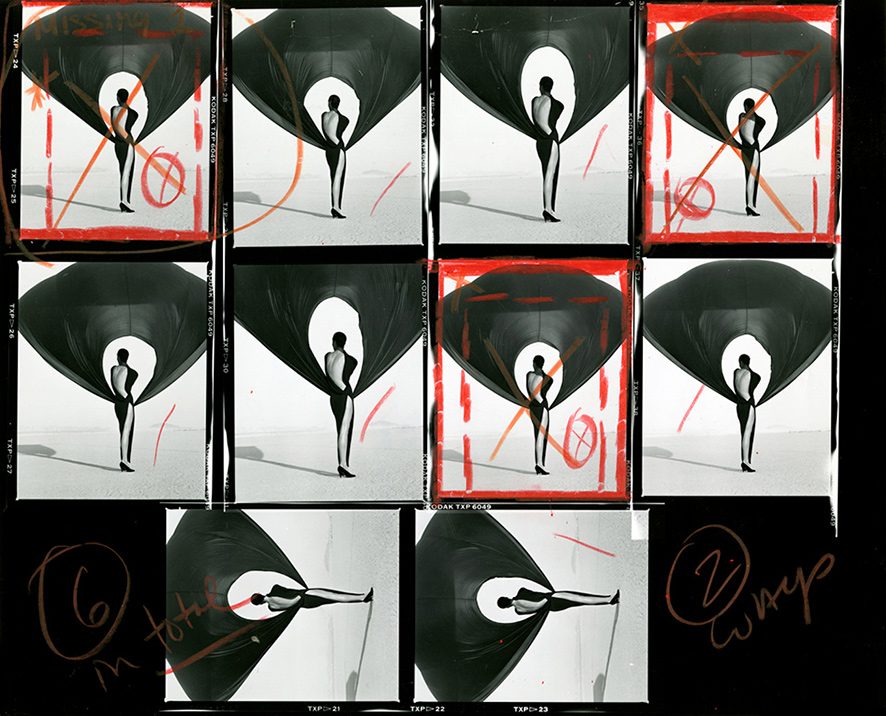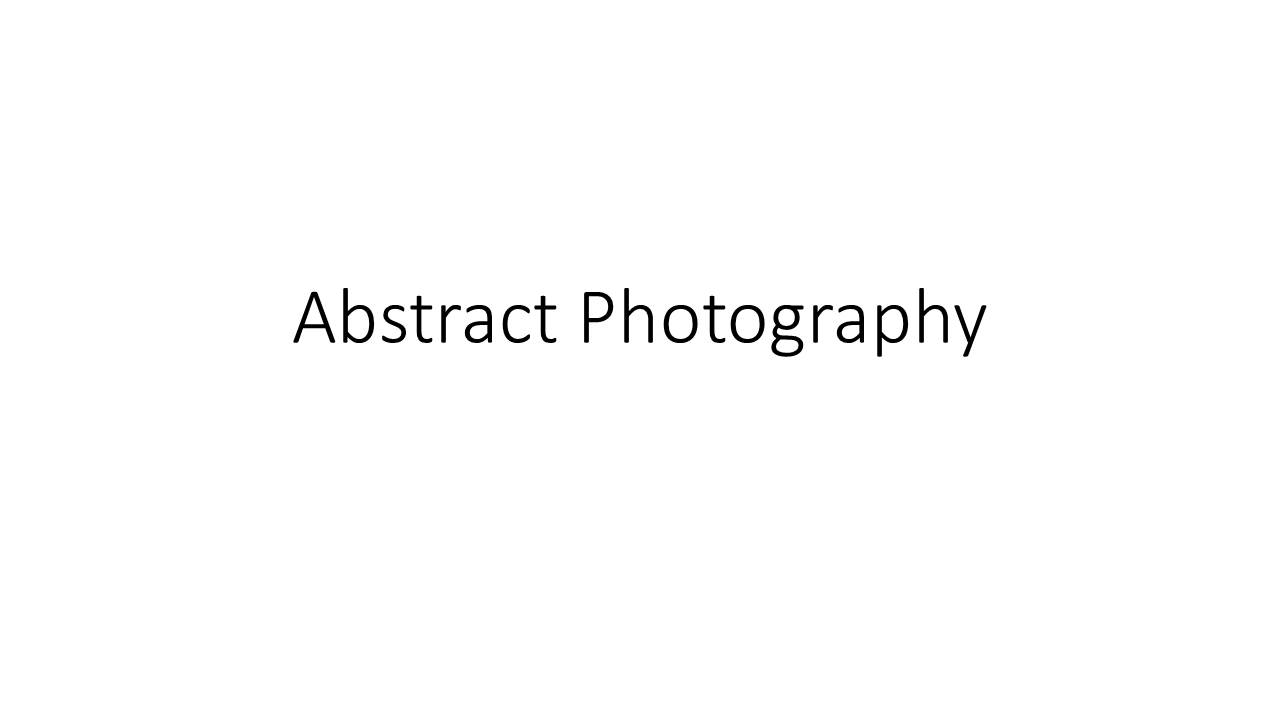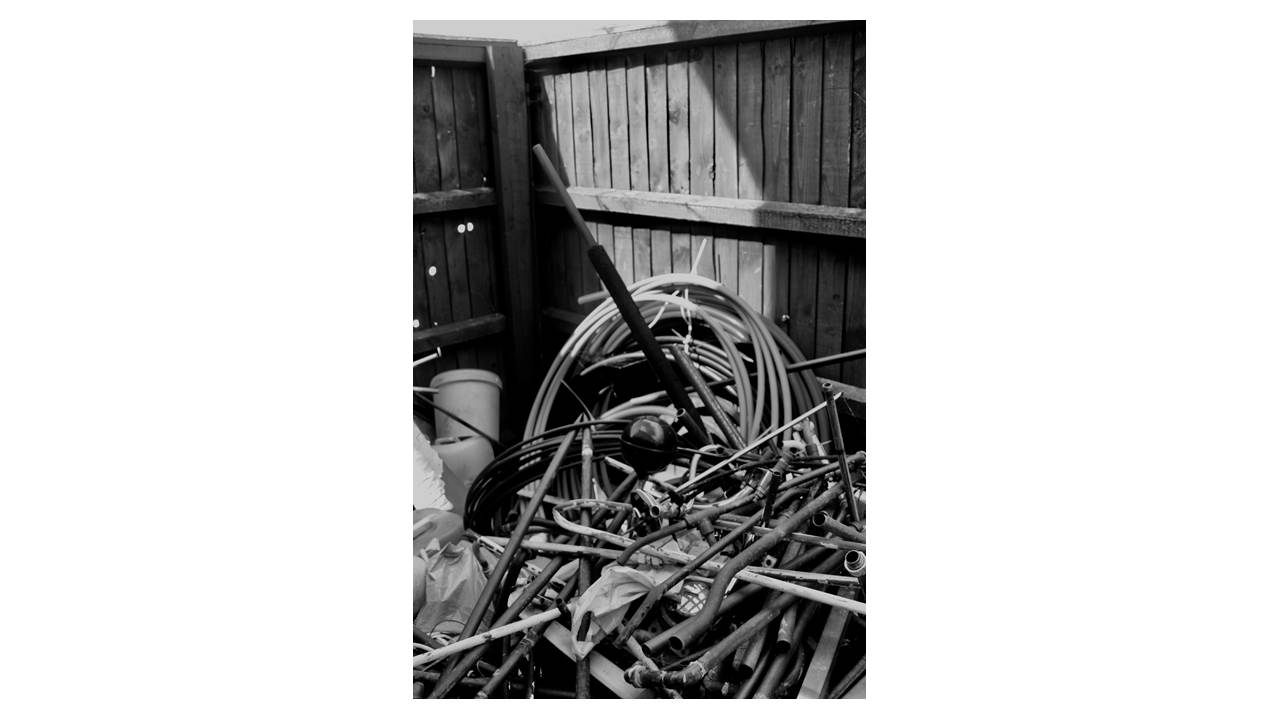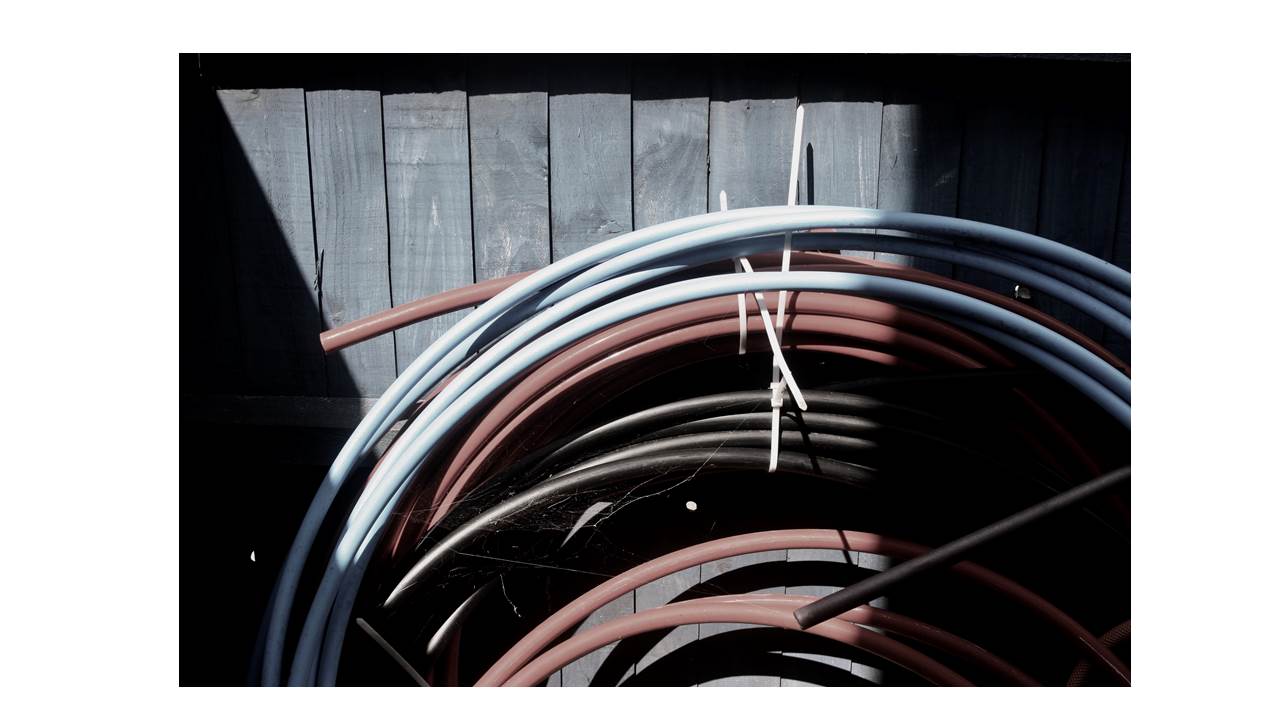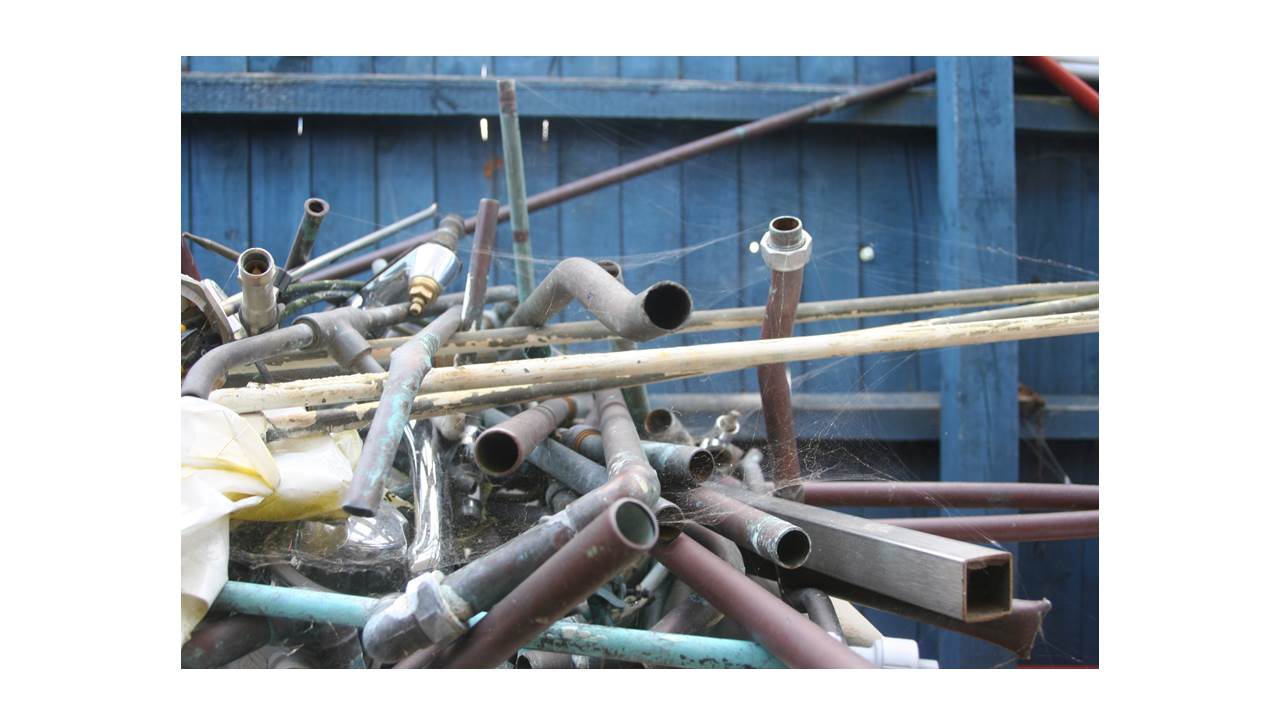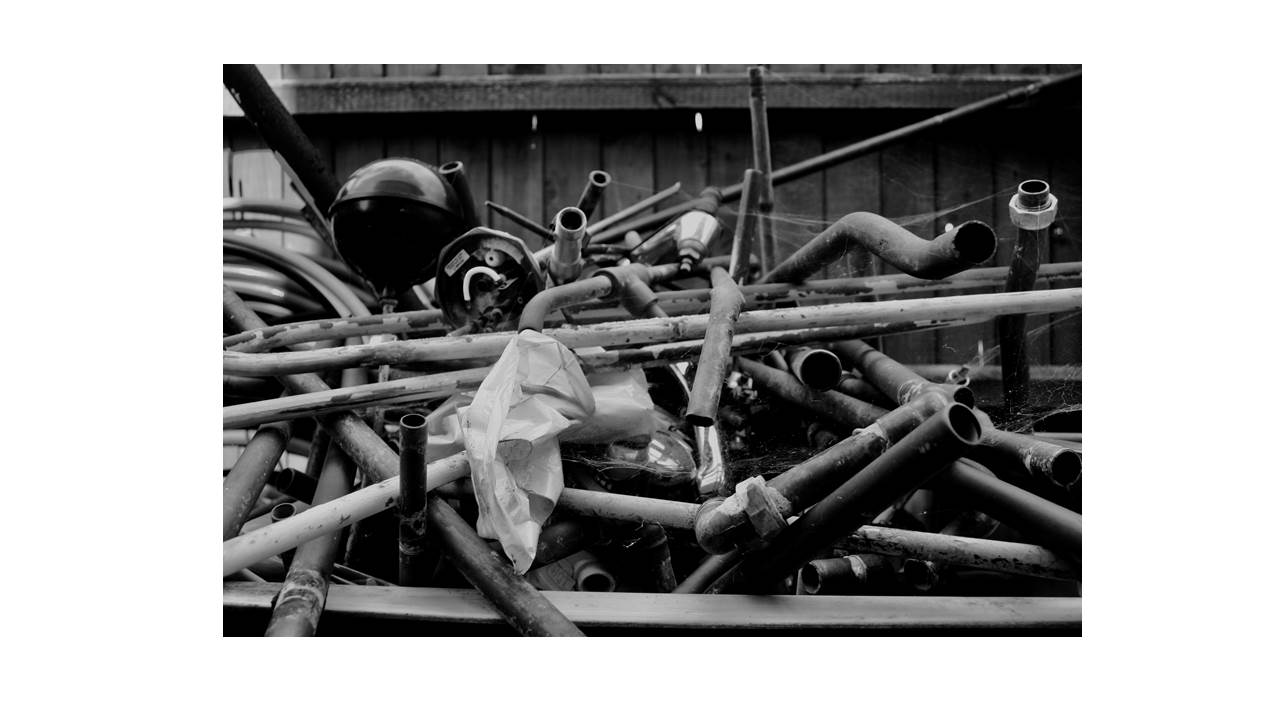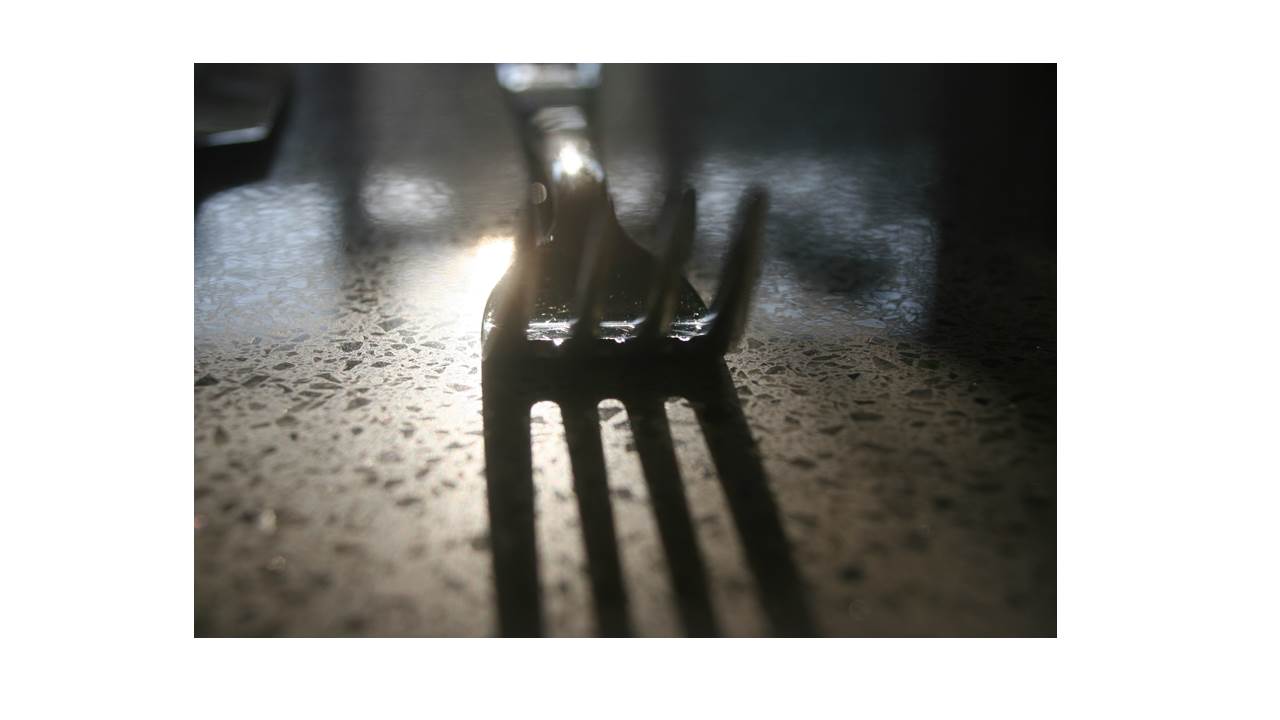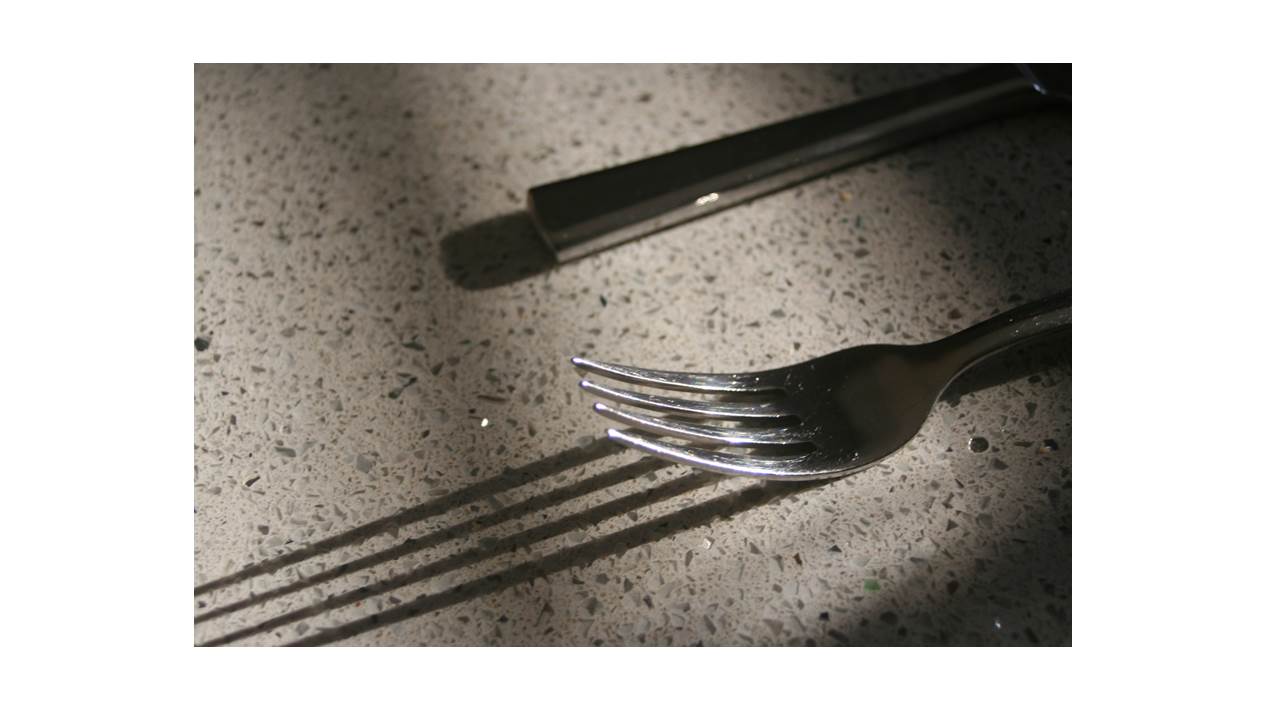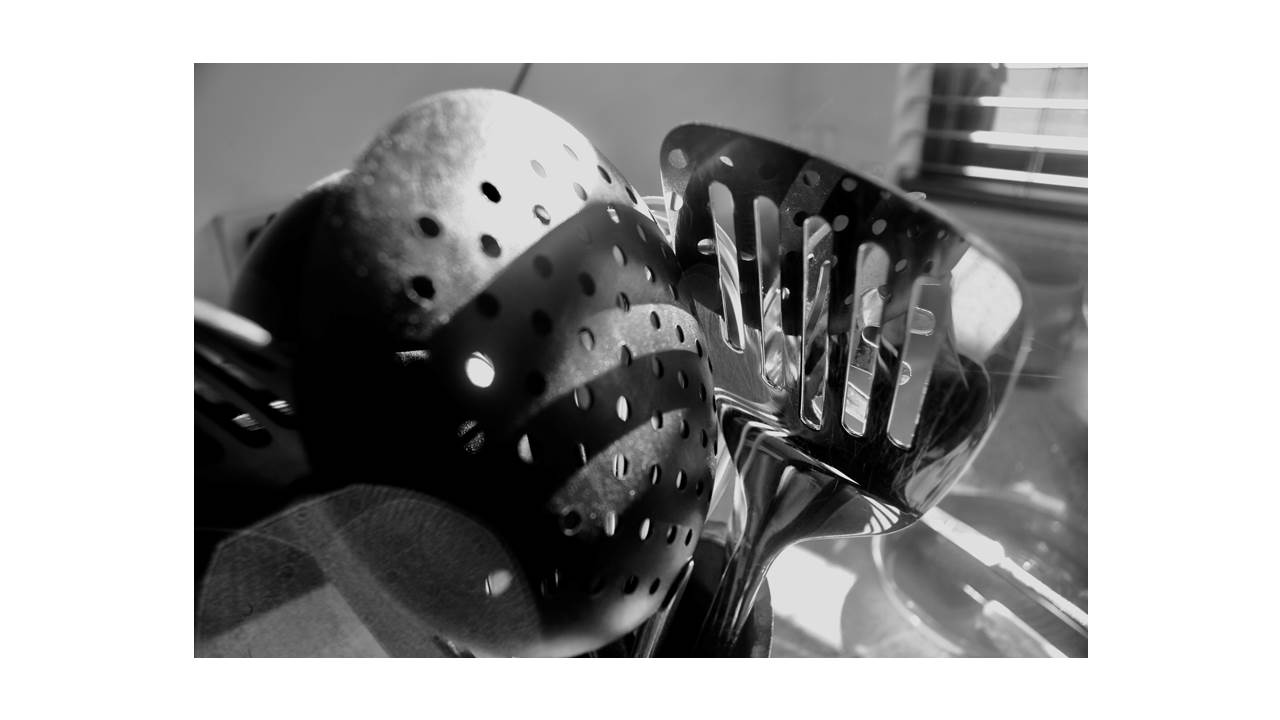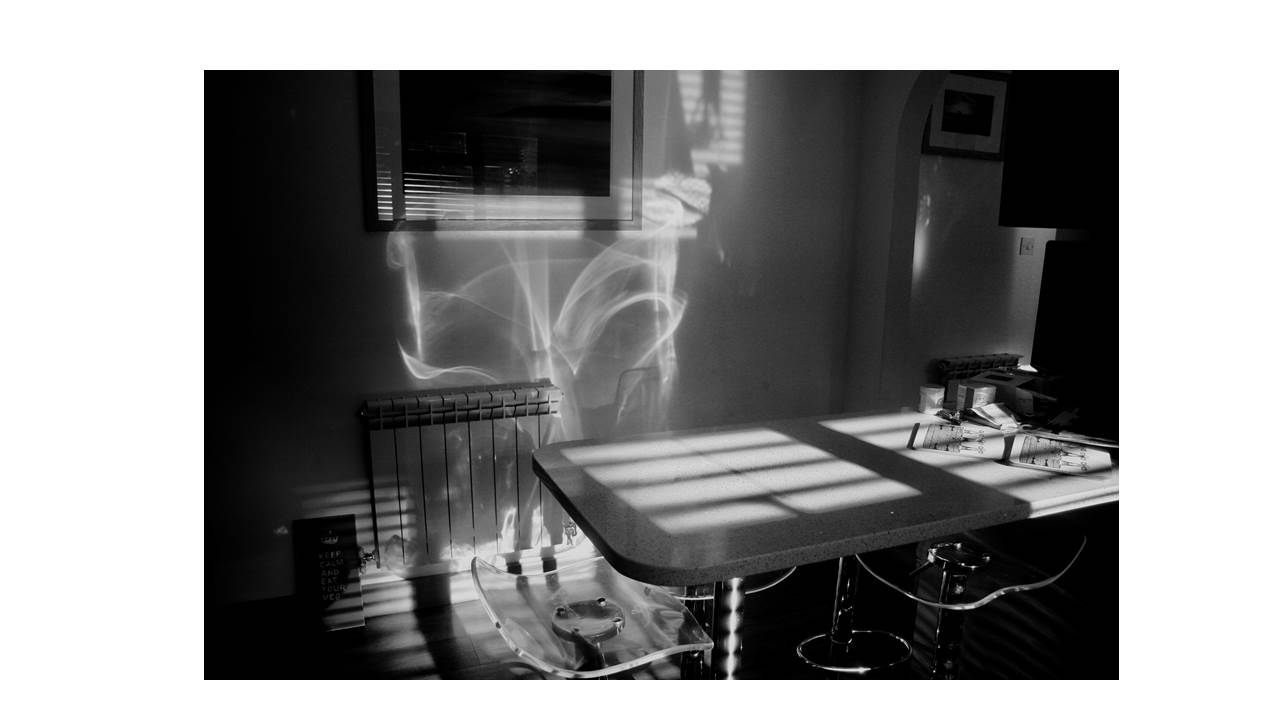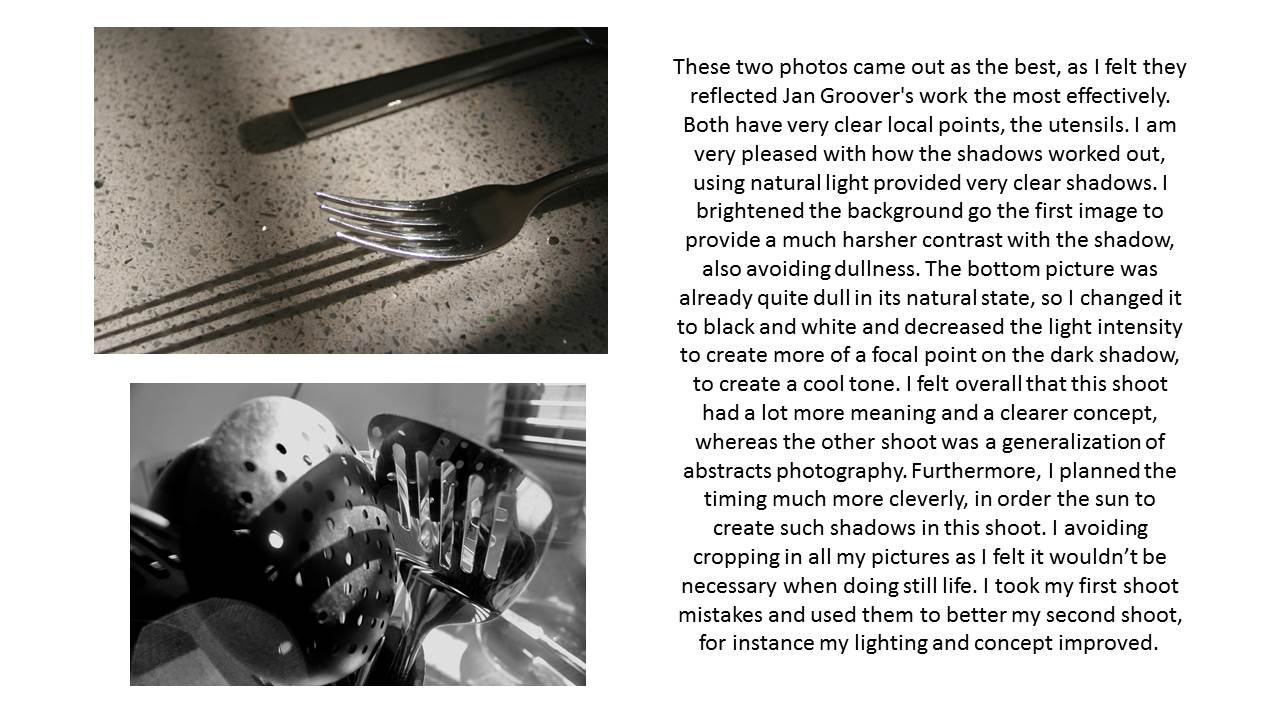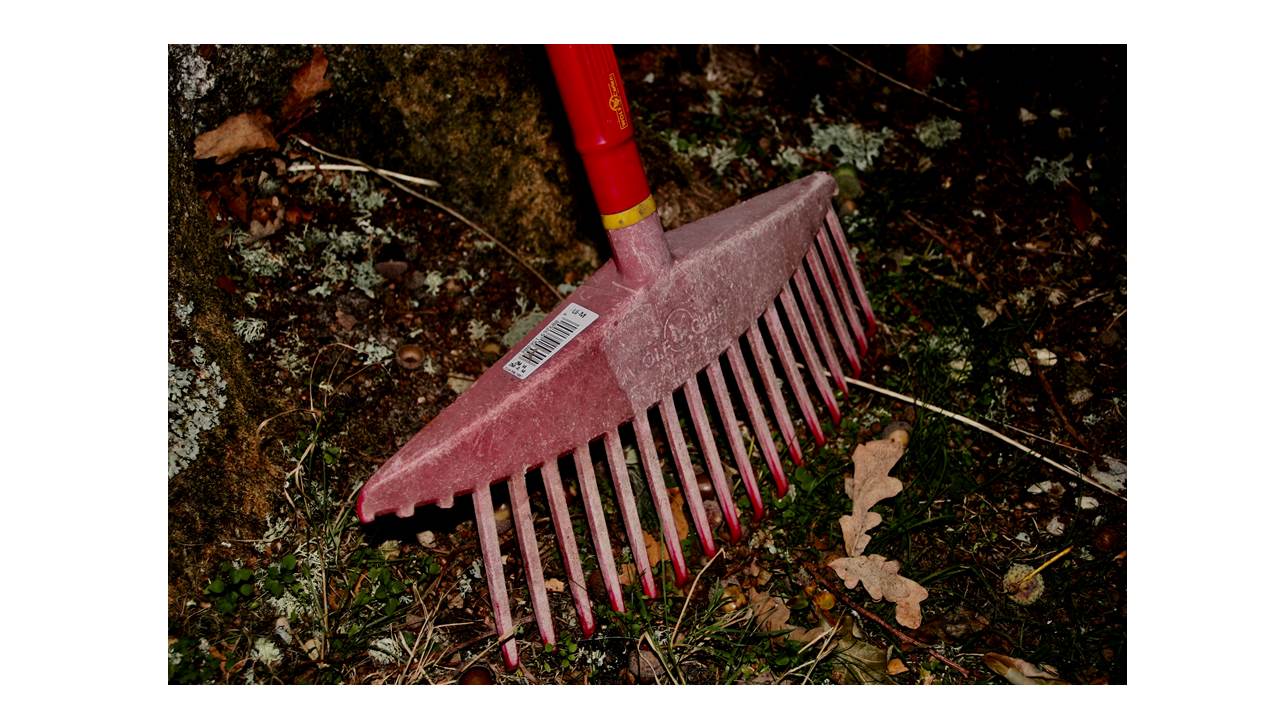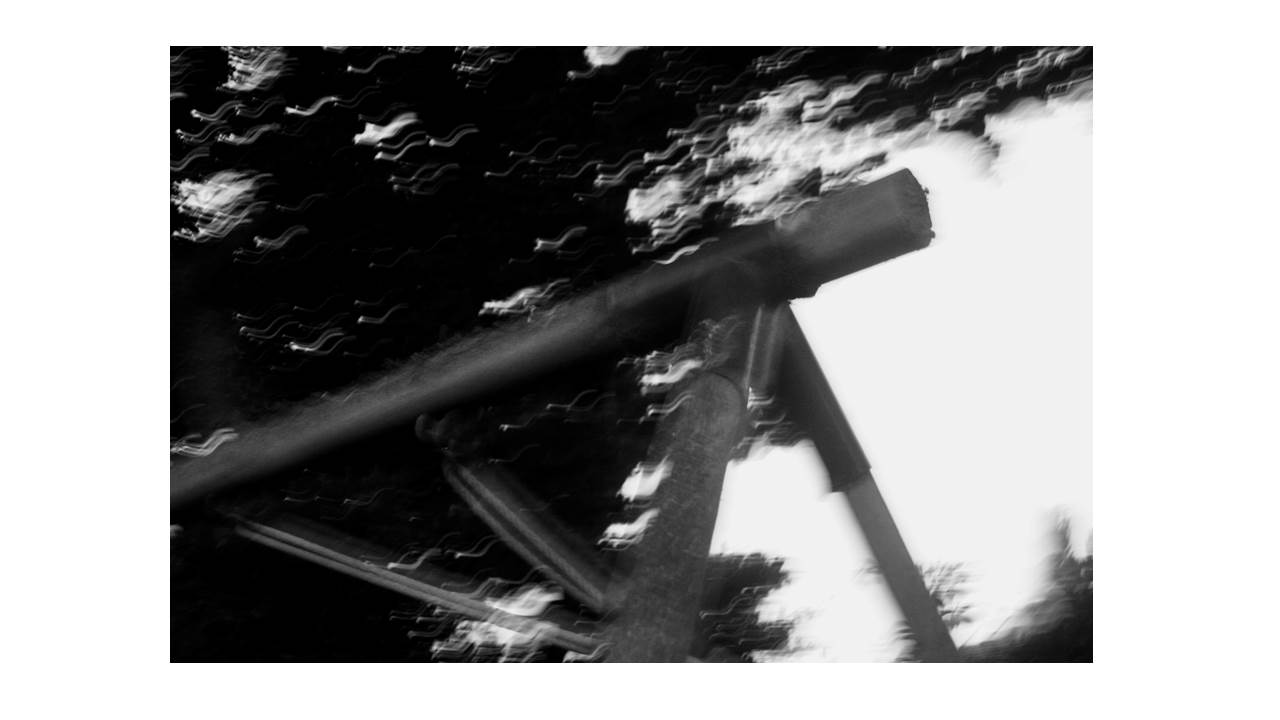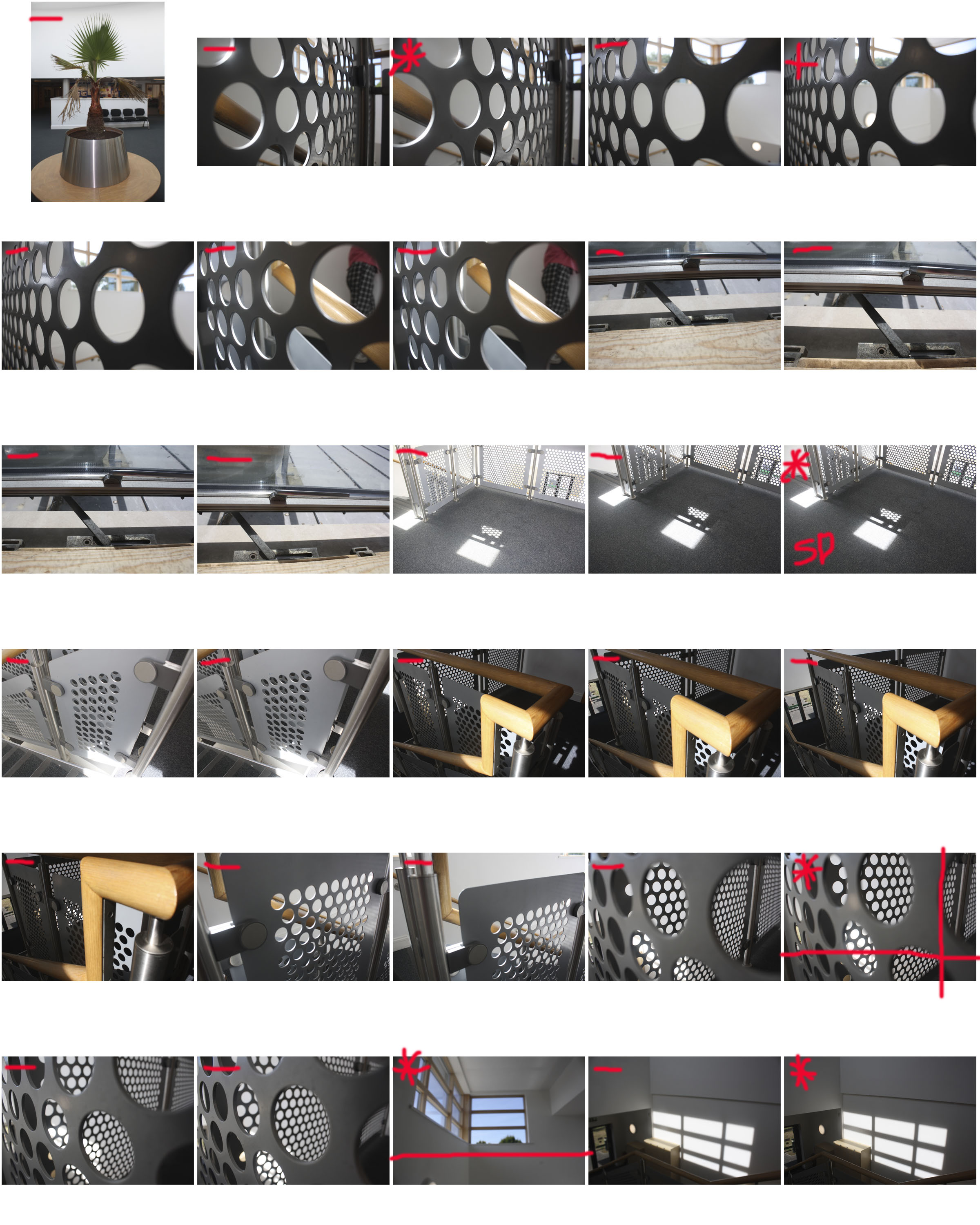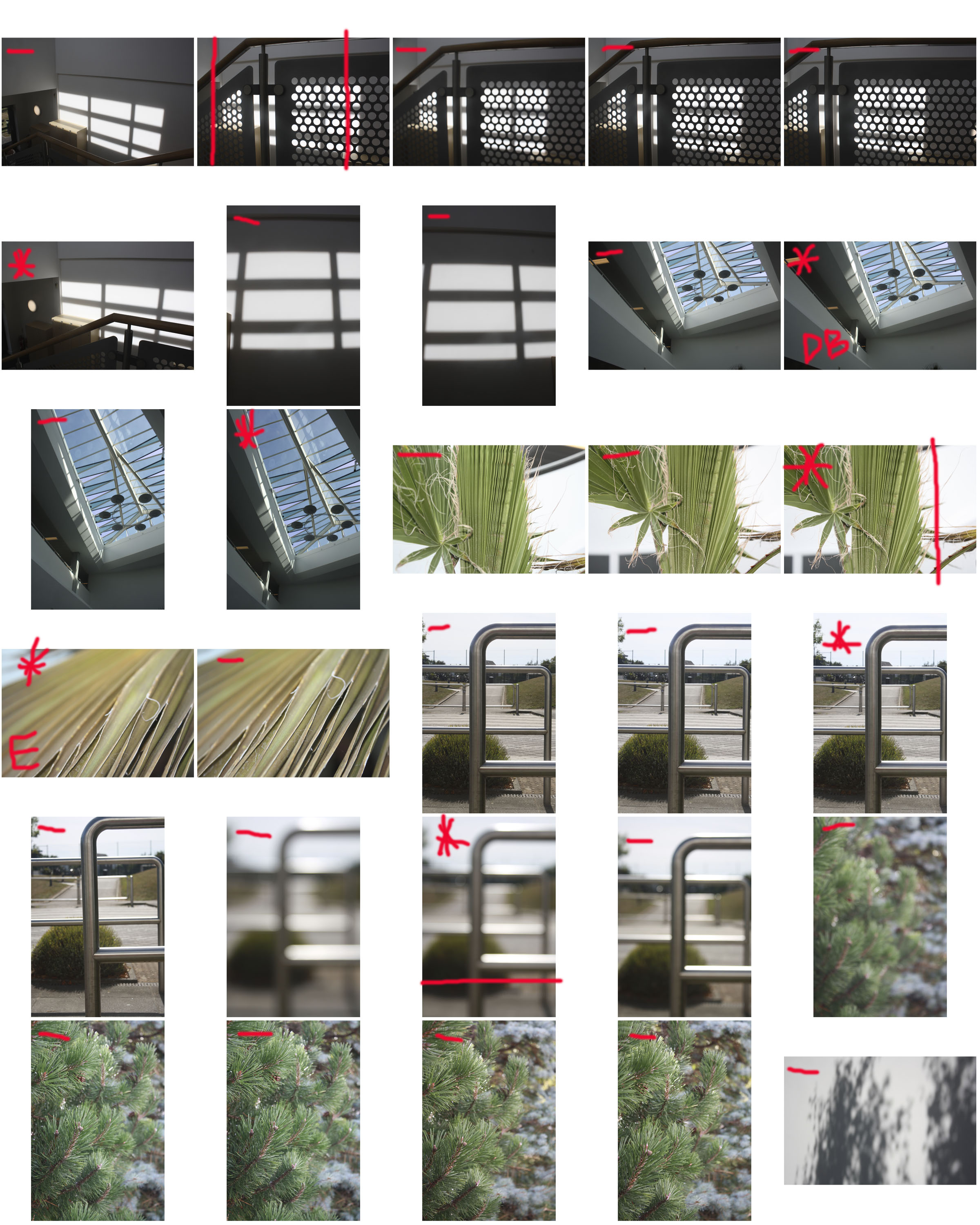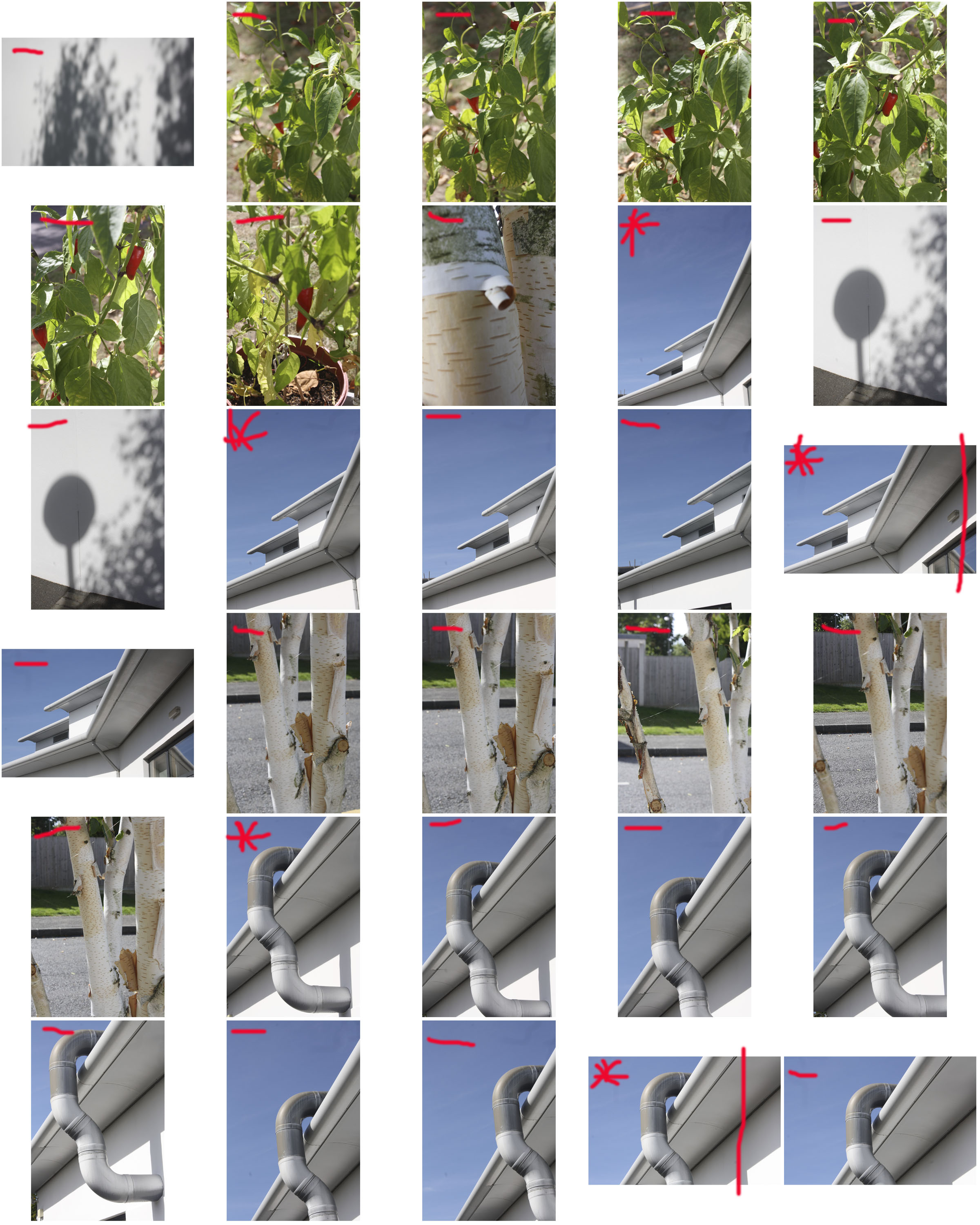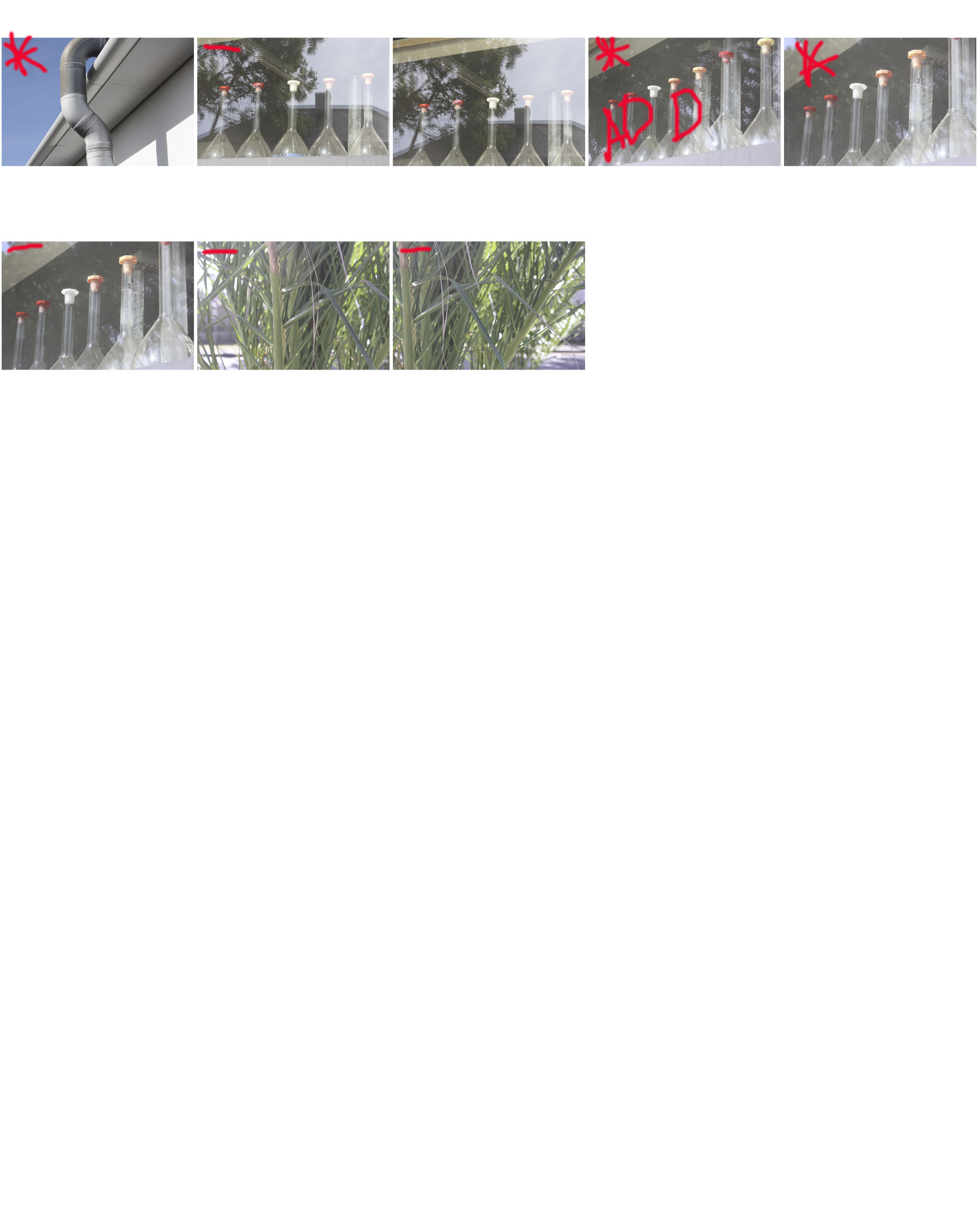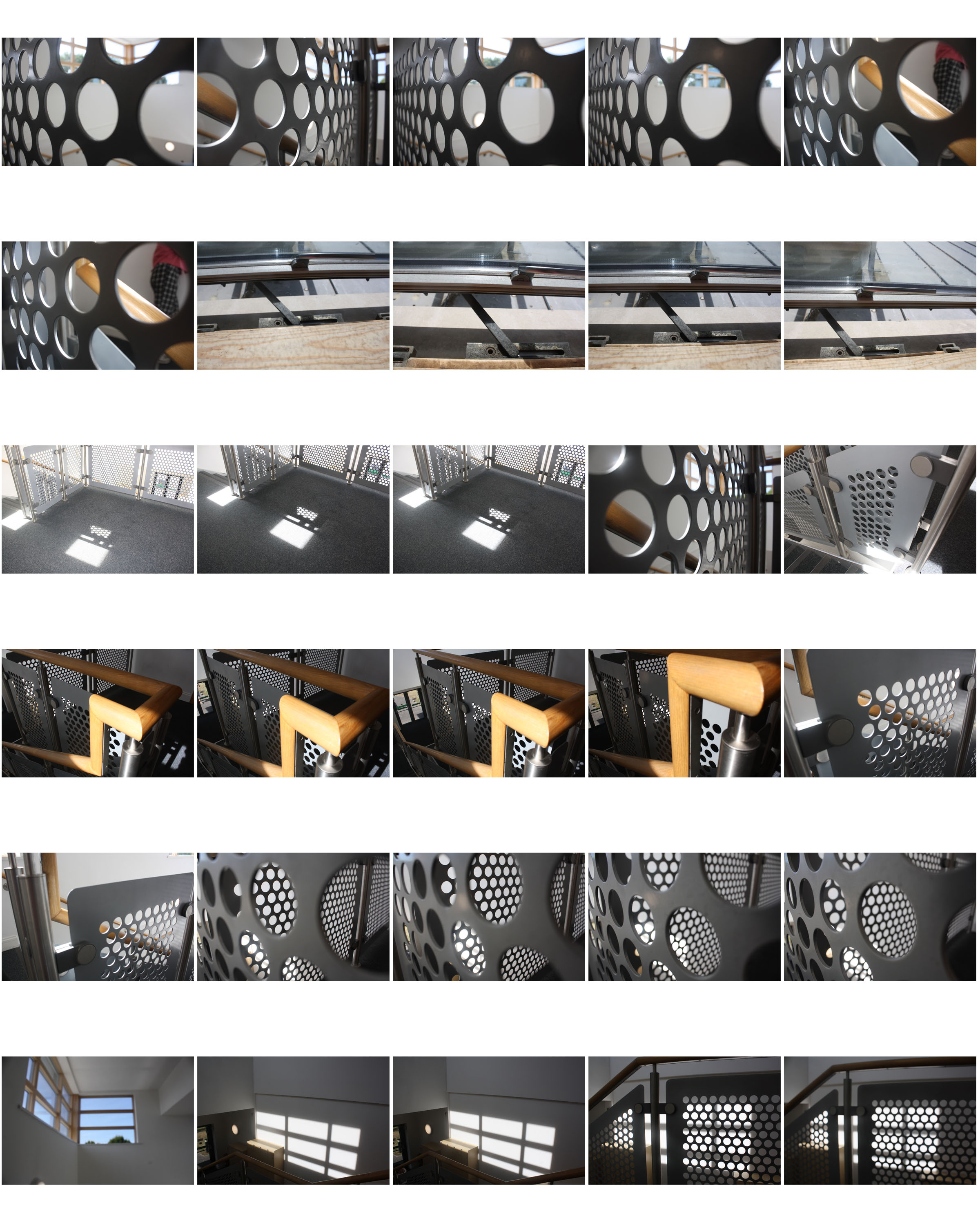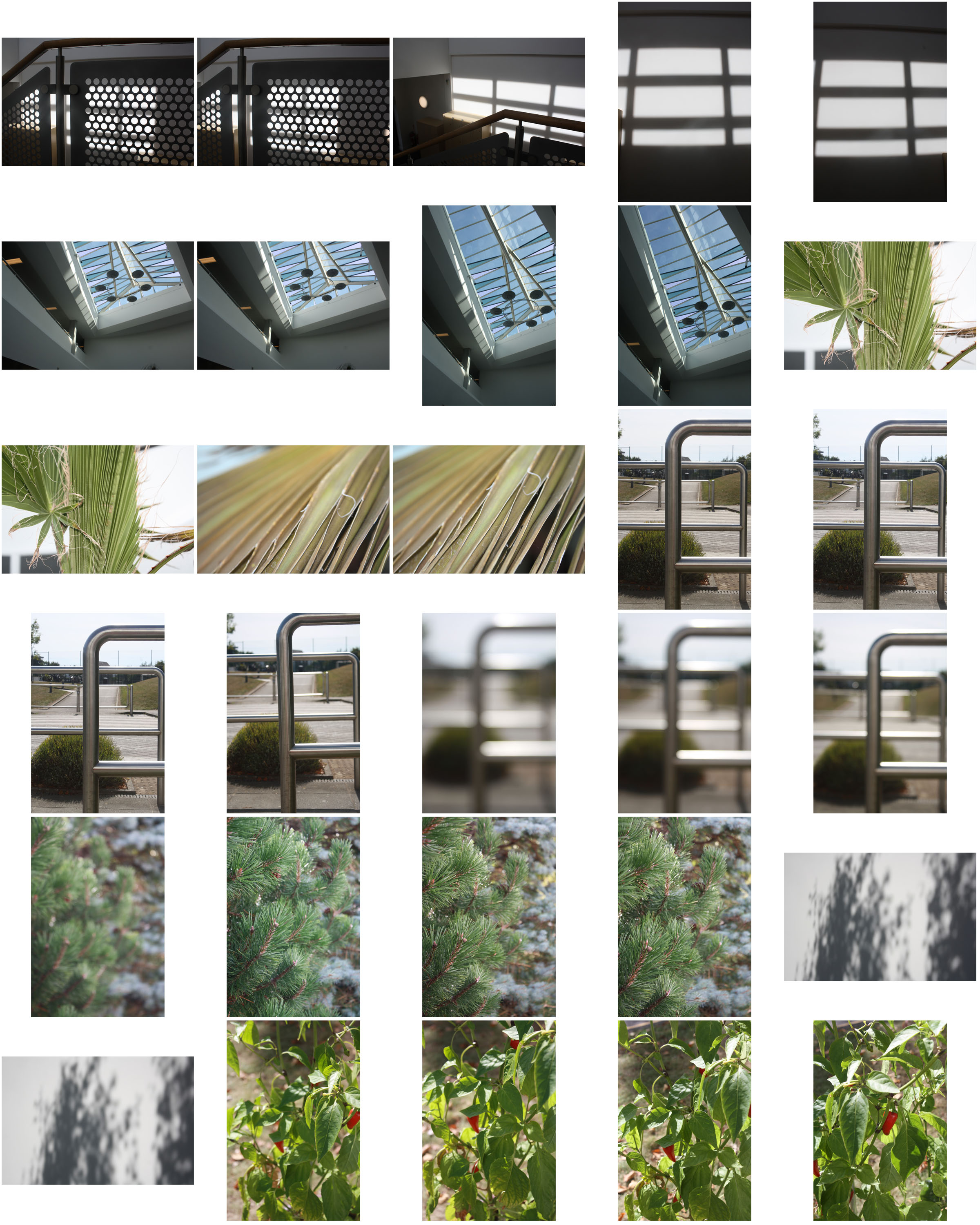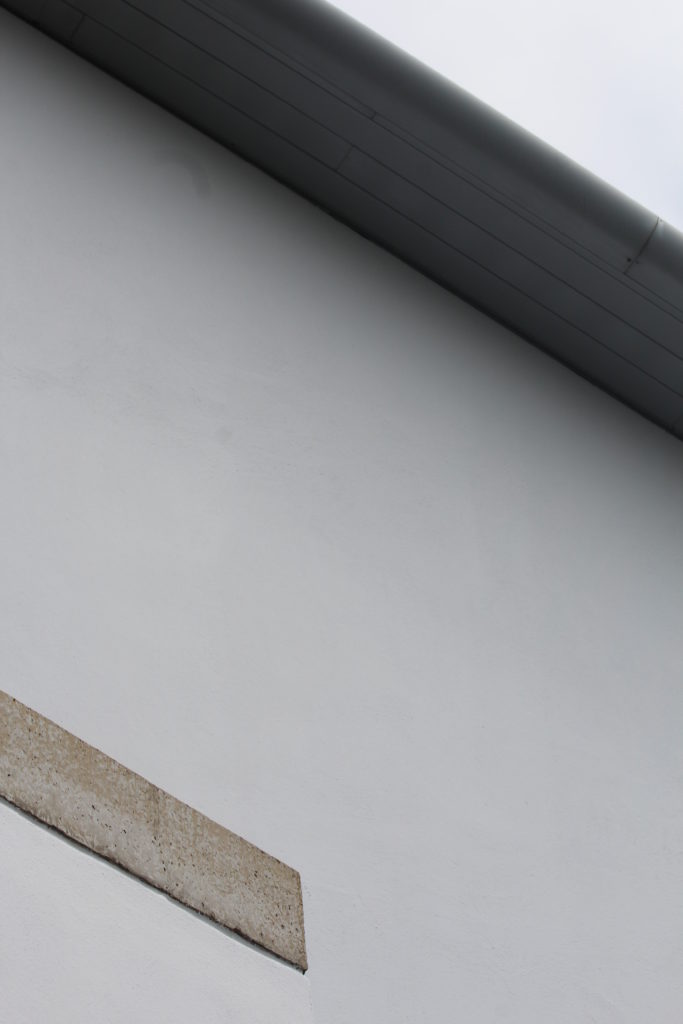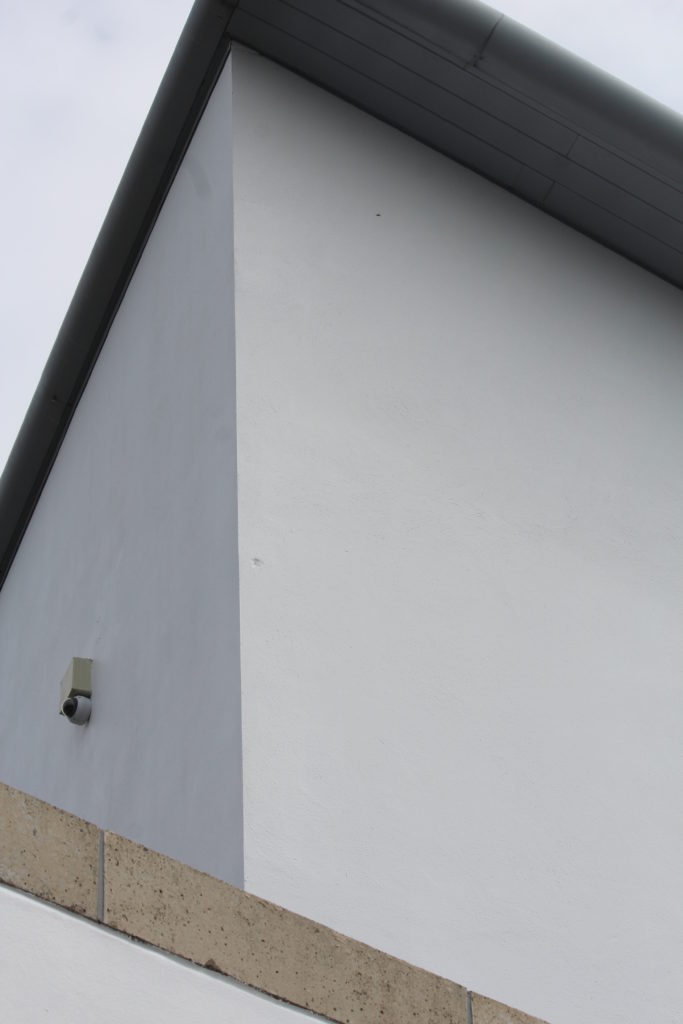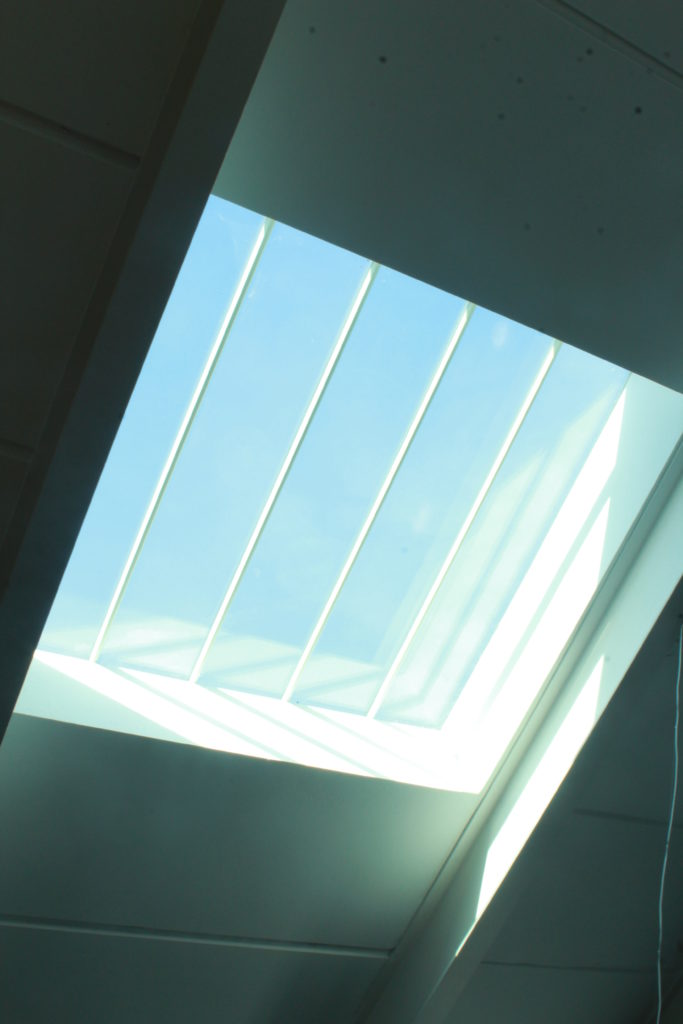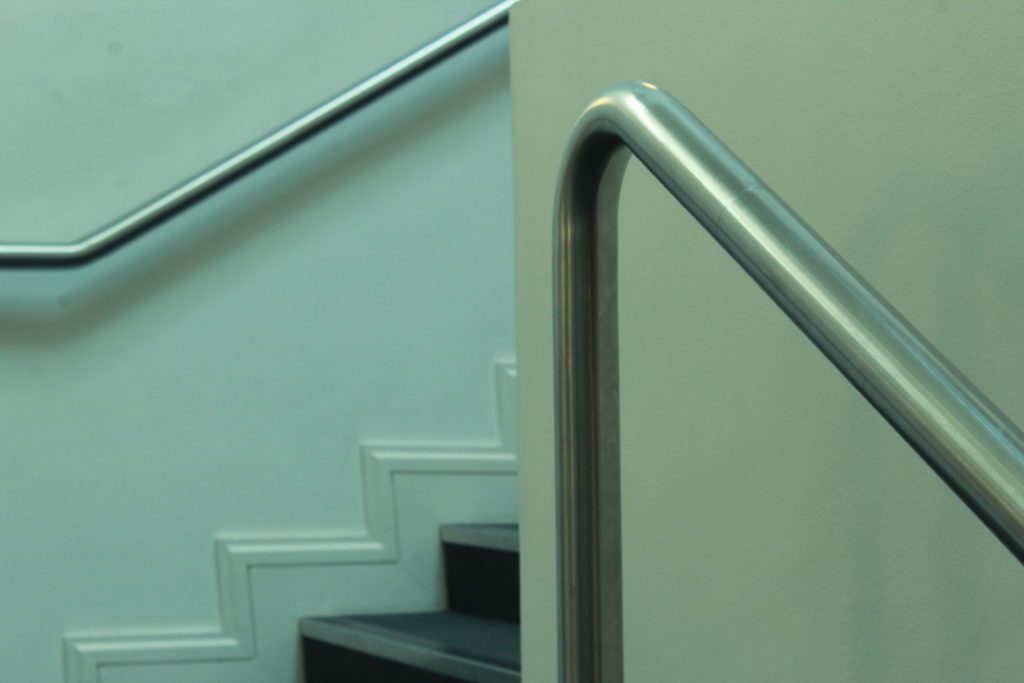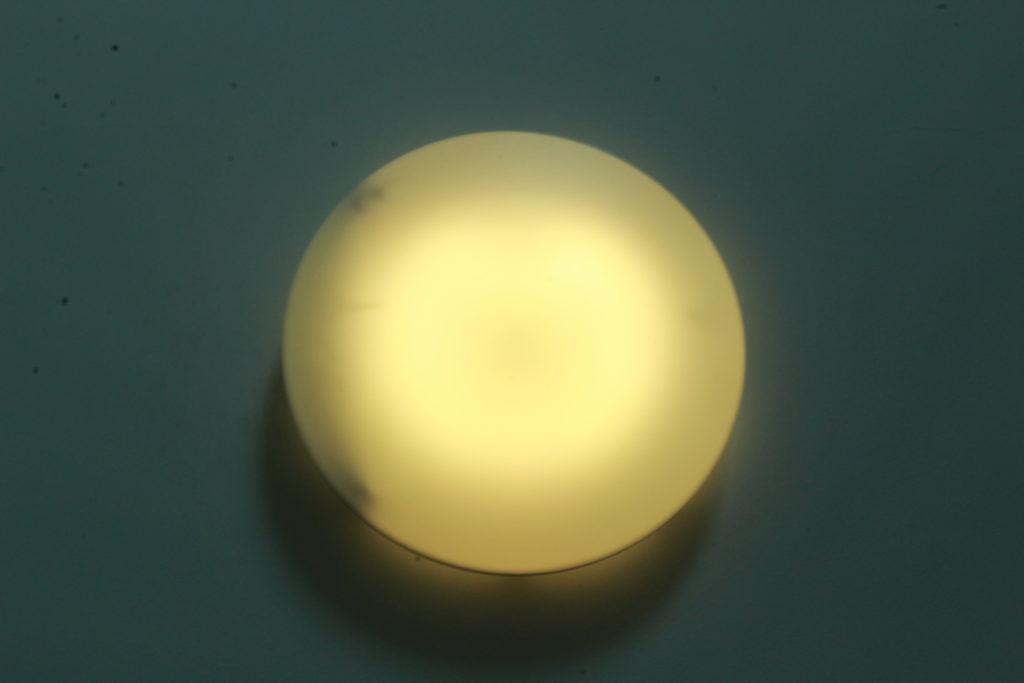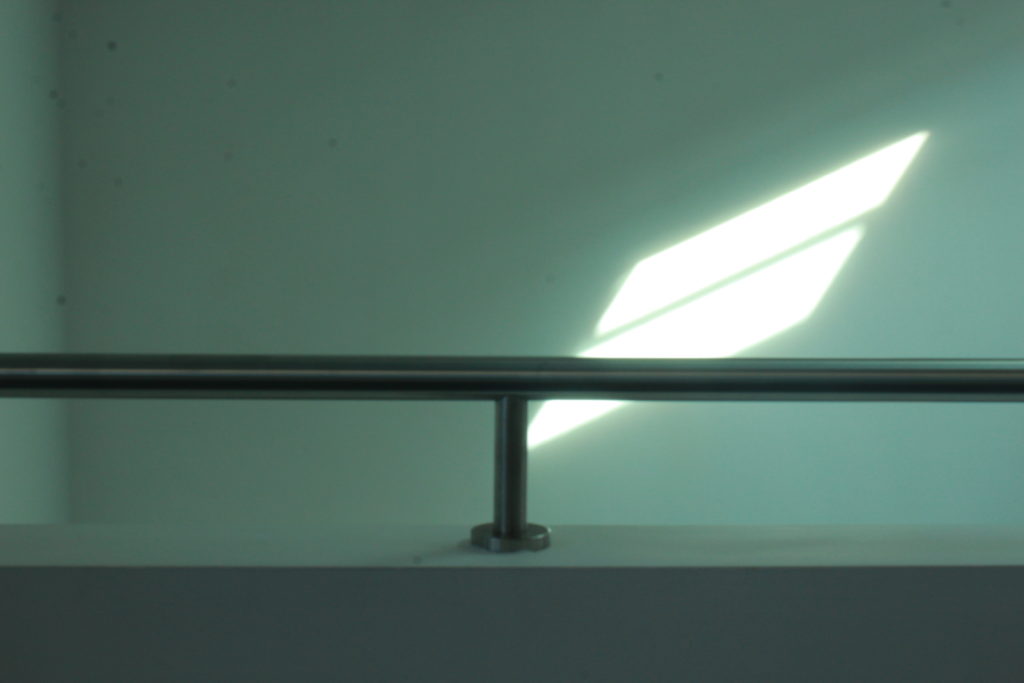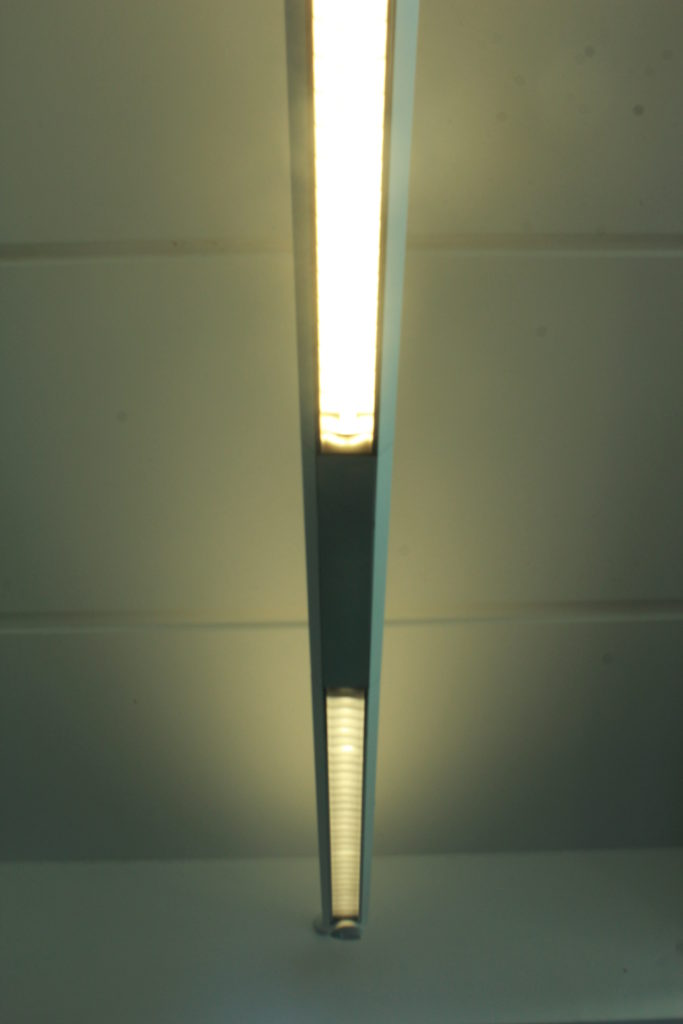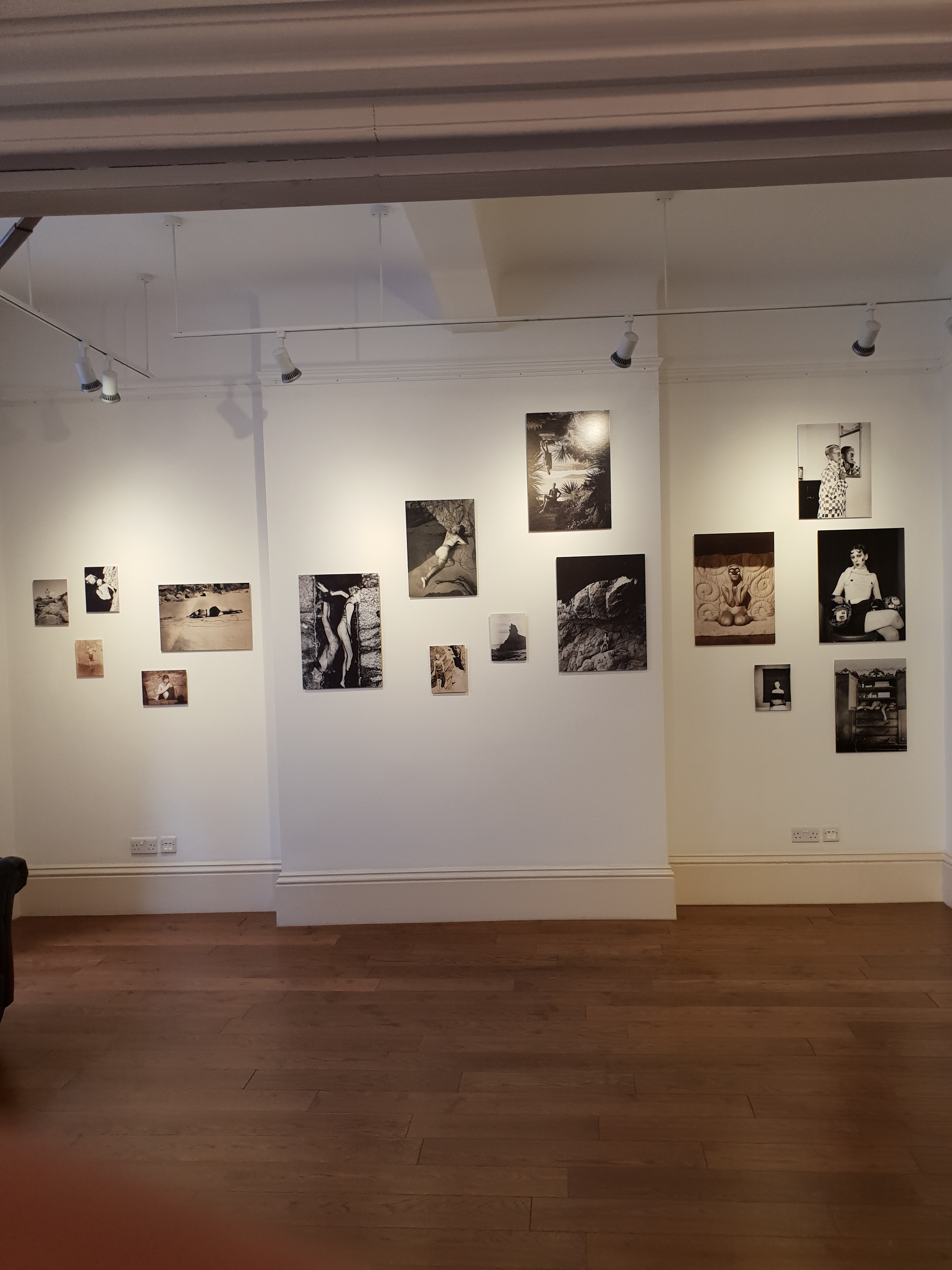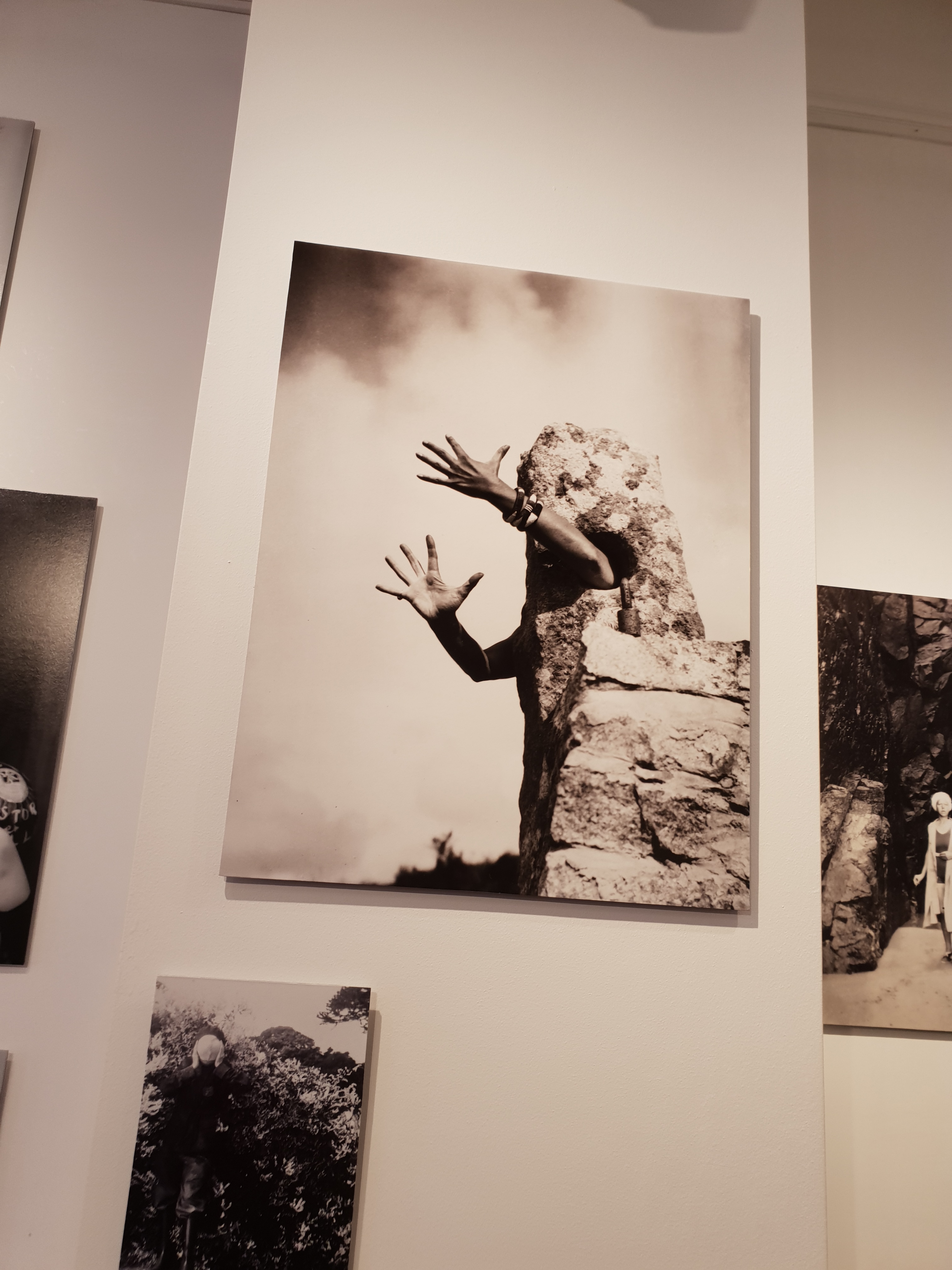The exhibition showed the different ways that Australian photographer Clare Rae, the resident artist in Jersey, responded to the work of Claude Cahun, a French photographer who specialized in creating surreal self portraits, which often focused on topics such as gender and identity. The exhibition made it easy to compare the two artists work, and the influence that Rae took from Cahun was made obvious. Both Cahun and Rae have presented their photographs using black and white contrasting colour themes, which is the most obvious similarity between the two artists work.
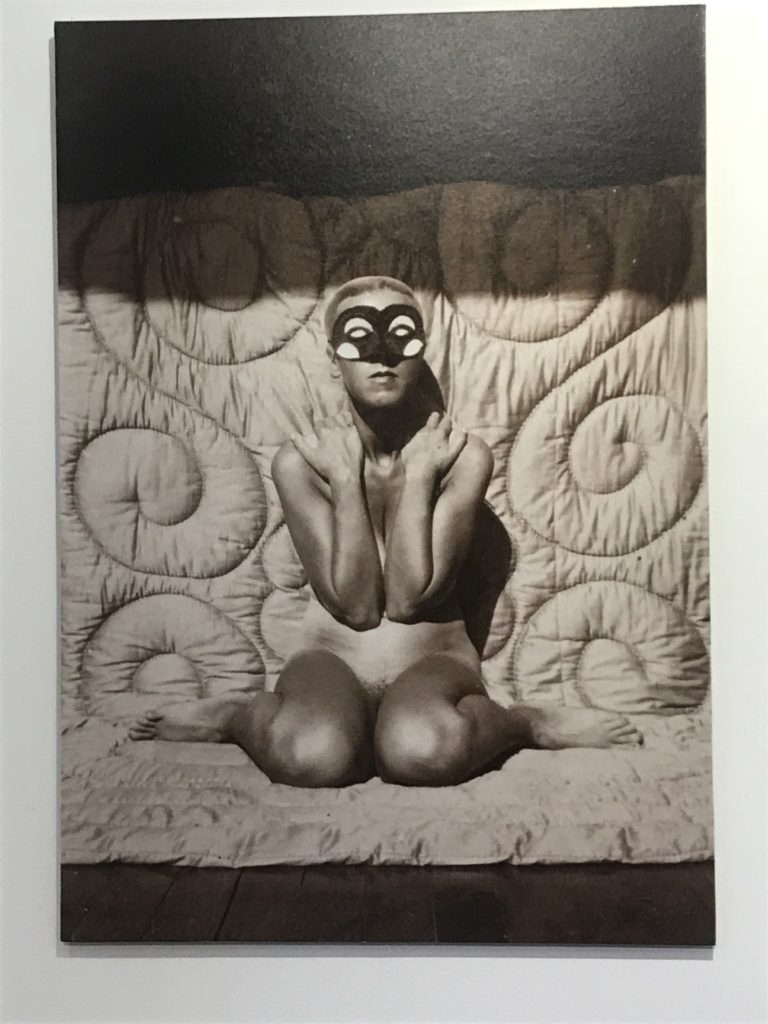

The following example is of a photograph taken by Cahun. This photograph explores the theme of identity, as the hands reaching out from the stone allow the viewer to question who the hands belong to, and so the missing identity of the subject makes the photograph more thought provoking. The use of the gesture the hands are making displays an emotion, but that emotion cannot be immediately recognised due to the lack of any other body parts that would usually be used to judge the emotions of a person. An unusual camera angle (facing slightly upwards) has also been used to add to the abstract and surreal theme of the photograph as a whole. In this image, Cahun has removed the identity of her subject, and has placed it in a surreal, abstract location in order to make her
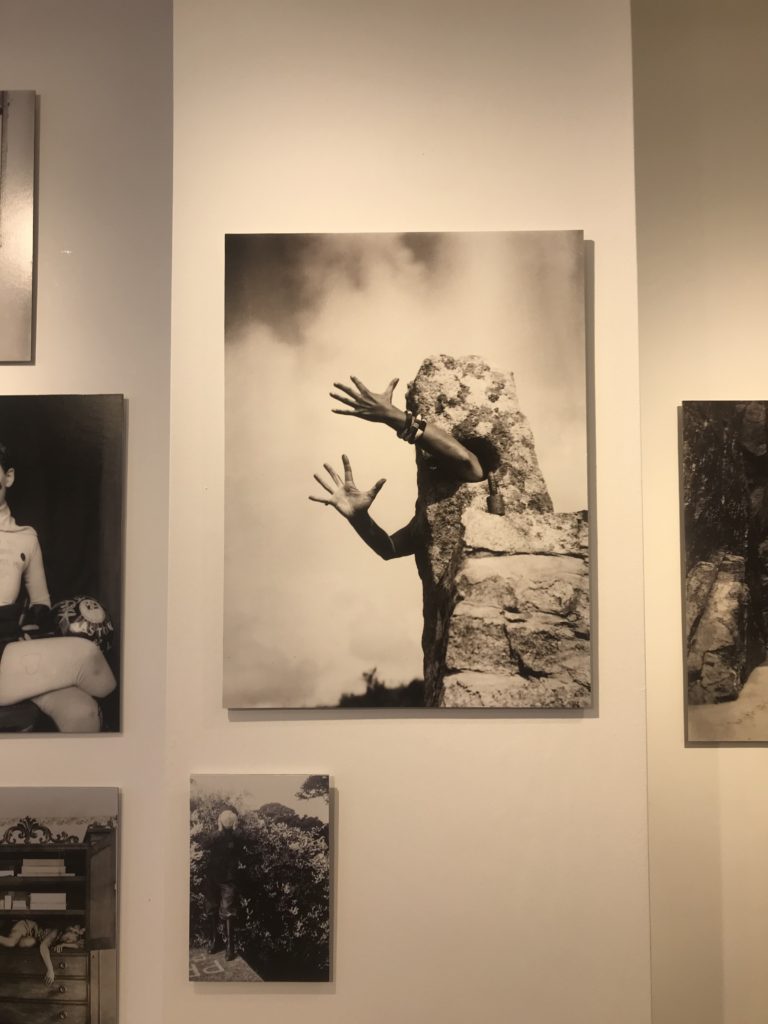
The following image was taken by Clare Rae, and was directly influenced by the photograph above taken by Cahun. For this image, Rae has been inspired by Cahoons theme of identity, and has responded by creating a photograph of a human arm in an abstract and surreal location (behind a stone). For this image, Rae has placed the subject (the arm) coming out from behind the rock. This makes the viewer question the emotions and motives behind the positioning of the arm, in the same way that the open gesture of the arms in Cahun’s work makes the viewer question the emotions that the subject is showing. Because the viewer of Rae’s work has no way to know why the arm seems to be coming out from behind the rock, they are left to wonder the identity of the subject, and so Cahun’s abstract and surreal style of photography can be seen to influence Rae’s.
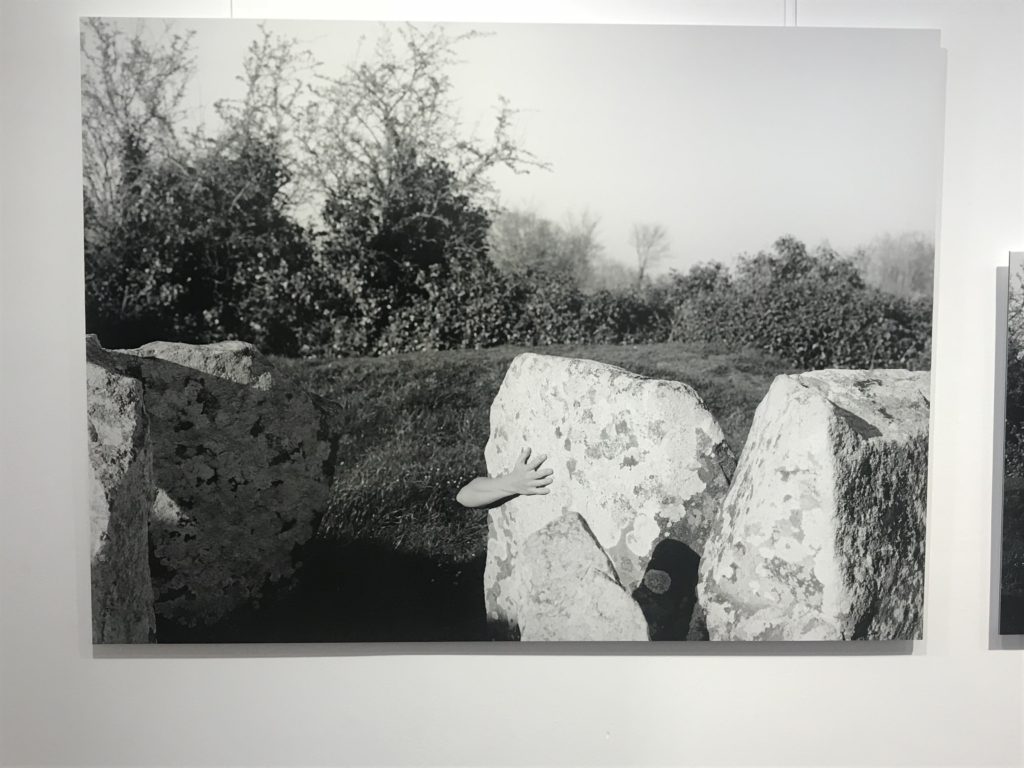
The way the exhibition was organised allowed for the viewer to clearly see the similarities and differences between the two artists, by placing their work in two separate but connected rooms. The exhibition provided a wide range of both Cahun and Rae’s work, so that the way that Rae had been influenced by Cahun could clearly be seen in multiple pieces of work. The exhibition was organised and presented well, and showed the work of both artists using a simple and effective layout.






